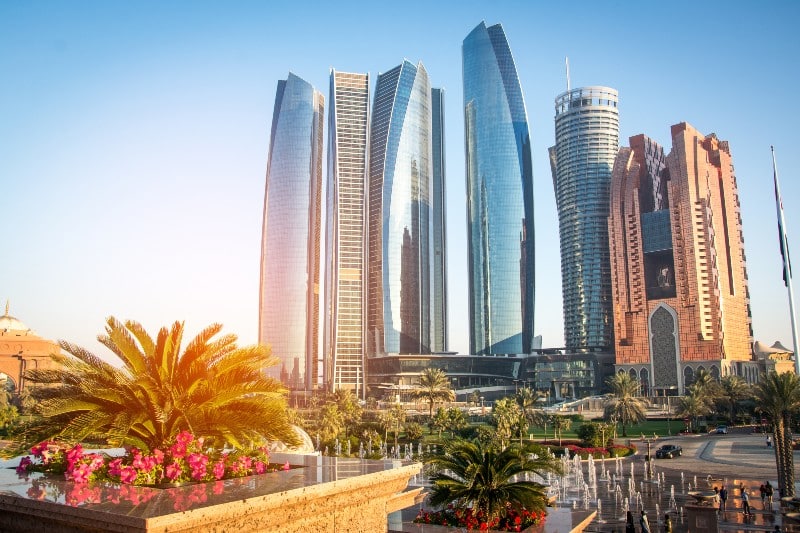At the 2023 Africa Climate Summit (September 4th–6th) in Nairobi, the United Arab Emirates pledged $4.5 billion to finance climate projects in Africa. The financing will provide both equity and debt investments, and is designed to mobilize billions of dollars more in funding from other countries and development partners. This is a colossal step in the right direction. To note that Africa needs this funding would be an understatement.
Although the continent accounts for around 20% of the global population, it accounts for less than 3% of global energy-related CO2 emissions. Africa is disproportionately experiencing the negative effects of climate change and must increase its funding by ten-fold to meet its climate adaptation obligations. Today, more than 600 million people on the continent don’t have access to electricity. Africa’s per capita energy consumption is 1.3% and 2.78% that of the United States and Europe respectively.
In today’s world, it is difficult for a country’s leaders to educate, heal, design, manufacture, market, sell, and ultimately build a thriving economy without access to energy. And most of Africa lacks reliable access. With Africa’s disproportionately low access to energy, the temptation is to build environmentally sustainable energy infrastructure across the continent in the hopes that the infrastructure fixes many of Africa’s other issues.
Unfortunately, that would be misguided. Funders, such as the UAE, and leaders on the continent should consider the following before deploying large sums of capital to fix the continent’s energy infrastructure and climate adaptation issues.
First, when funding infrastructure, it is important to recognize what infrastructure is and what it isn’t. Infrastructure is the most efficient mechanism through which a society stores or distributes value. For example, roads are the most efficient medium we have developed to distribute cars, trucks, bicycles, and motorcycles; schools distribute knowledge and credibility; financial systems store and distribute credit and capital. By itself, infrastructure does not create much value. So, without the value to store or distribute, infrastructure will struggle. Consider the following example.
In 2018, Nigeria’s then President commissioned an approximately one billion dollar light rail project in its capital city, Abuja. A little over two years after the commissioning, the project was abandoned. But not before the poor country was left with an annual $50 million bill to repay the loan for the project. The problem with the Abuja light rail project is similar to many other infrastructure projects: the belief that the sole creation of infrastructure will add significant value to an economy causes many builders of infrastructure to overestimate the impact of their investments. Danish economic geographer, Bent Flyvberg, has written extensively about this phenomenon. The same thing is happening with energy.
Husk Power Systems, the only profitable minigrid developer across Africa, published a playbook describing that virtually no minigrid developer on the continent is profitable. In addition, despite providing access to energy in Africa, a continent with the largest energy deficit in the world, too many minigrids operate at less than 50% capacity. It turns out that simply providing energy might not be the solution to an energy problem.
Second, focus on the job that people are already trying to get done, and then help them. Most people don’t want energy (they don’t even want climate adaptation), people want progress. They want a better life for themselves and their families; they want better schools; safety; healthcare; opportunities; and hope. People want to live believing that tomorrow will be better than today. My colleague, Michael Horn, and I have written about this before. By investing in projects that can help make that a reality, the UAE’s investments, and many others, will go a long way to transforming Africa’s economies.
The history and diffusion of electrification in the United States is instructive here. Before electricity found its way to homes, it was used extensively in factories. A small electric power plant was designed to meet the needs of different factories to improve their efficiency and reduce cost. The demand for electricity from a growing industry created and expanded the market for electricity. As innovations–high tension cables, transformers, distribution lines, substations, etc–to better distribute the electricity technology were developed, the small power plants at factories had already de-risked these investments. In effect, power plants that served cities were simply scaled up versions of power plants that served factories.
As electricity spread throughout the United States, labor-saving and value creating appliances were also developed. Vacuum cleaners, refrigerators and freezers, washing machines, toasters, and many other home appliances helped create value for the average American consumer.
For the UAE’s investment to count across Africa, it should ensure that whatever energy or climate infrastructure investments it makes is designed to store or distribute value that can help Africans make progress.



